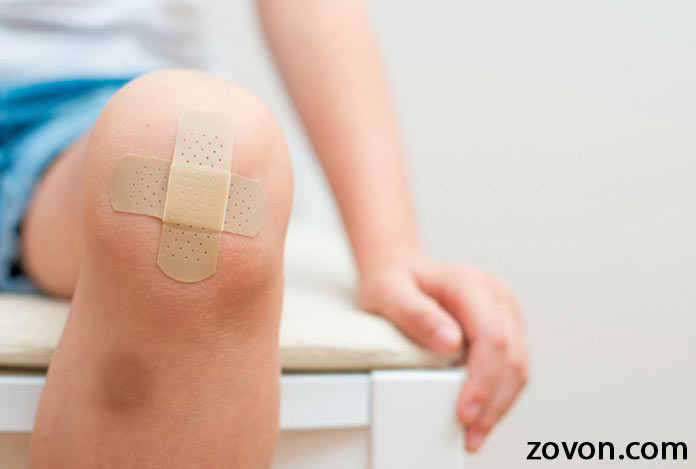
Experiments with skin cells of mice proved that wounds at daytime heal at a faster rate than the nighttime. A new study suggested that an internal body clock in humans is responsible for the fact that wounds of daytime injury recover at twice the faster rate that the nighttime ones.
By body clock, researchers meant cardiac rhythm. The cardiac rhythm is responsible for repairing the damaged skin cells and speeds up the process of healing during the daytime. The researchers suggested that this fact can proved to be helpful in case of the surgical treatments and may help in discovery of some novel drugs that can be used for wound healing.
An experimental study was made in which the researcher observed the healing process among 118 people with burn injuries. It was observed that people, who got injured at night took 60 percent longer time than those, who got injured during the daytime.
Lead study author, Ned Hoyle, Medical Research Council Laboratory of Molecular Biology in Cambridge, England, told that by stimulating the actin protein, the body clock repairs the damaged tissues. He also said, “Efficient repair of our skin is critical to preventing infection, and when healing goes wrong, wounds can become chronic or excessive scarring can occur.”
Finally, Hoyle concluded that the association between body clock and wound healing would prove helpful in developing new drugs for improving the surgery processes and wound healing.




